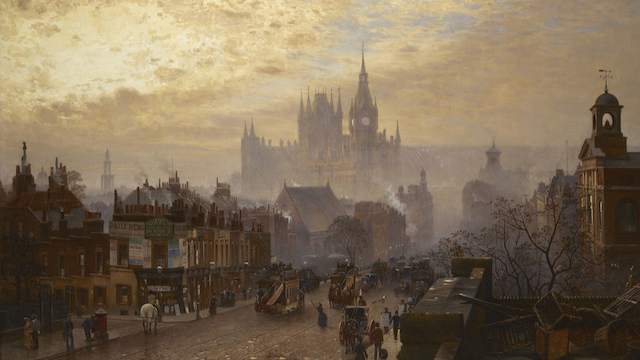‘I think I can promise you that you will feel even less humorous as the evening advances. Now, look here, Count Sylvius. I’m a busy man and I can’t waste time. I’m going into that bedroom. Pray make yourselves quite at home in my absence. You can explain to your friend how the matter lies without the restraint of my presence. I shall try over the Hoffmann Barcarolle upon my violin. In five minutes I shall return for your final answer. You quite grasp the alternative, do you not? Shall we take you, or shall we have the stone?’
Holmes withdrew, picking up his violin from the corner as he passed. A few moments later the long-drawn, wailing notes of that most haunting of tunes came faintly through the closed door of the bedroom.

Ernst Theodor Amadeus (E. T. A.) Hoffmann was born Ernst Theodor Wilhelm Hoffmann on January 24th, 1776, in Königsberg, East Prussia (now Kaliningrad, Russia).
He was a painter, a composer, and a writer. Three of his stories – “Der Sandmann” (The Sandman), Rath Krespel (Councillor Krespel; published in English translation as The Cremona Violin), and Die Geschichte vom verlorenen Spiegelbilde (The Story of the Lost Reflection) – formed the basis of Offenbach’s final opera, “The Tales of Hoffmann”. The soprano/mezzo-soprano duet, “Belle nuit, ô nuit d’amour”, is considered the most famous barcarolle ever written and often referred to as simply “The Barcarolle”.
[Hat-tip to Leah Guinn and Jaime N Mahoney and their fantastic A Curious Collection of Dates: Through the Year with Sherlock Holmes”]
